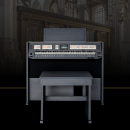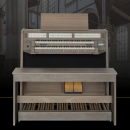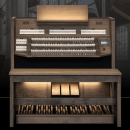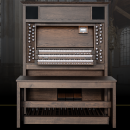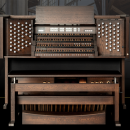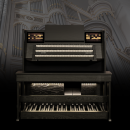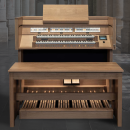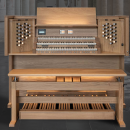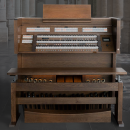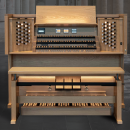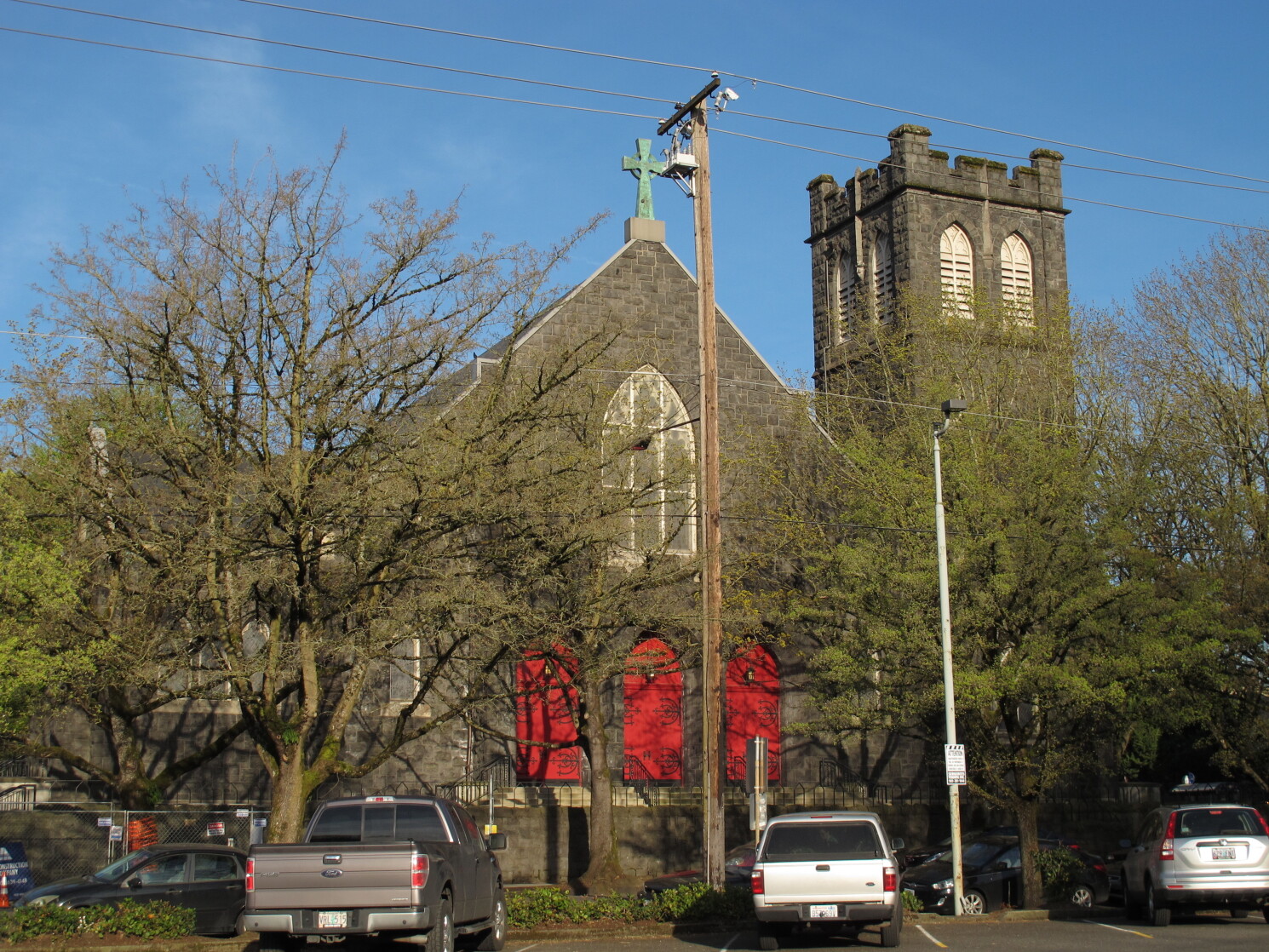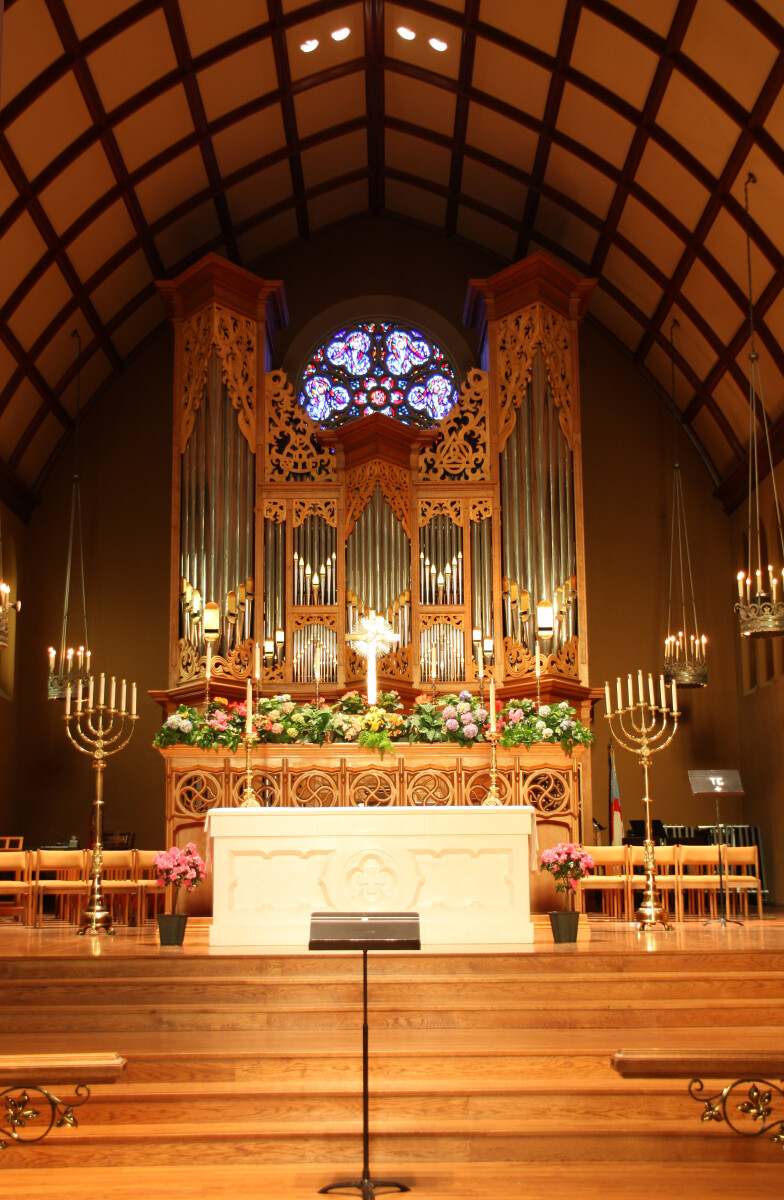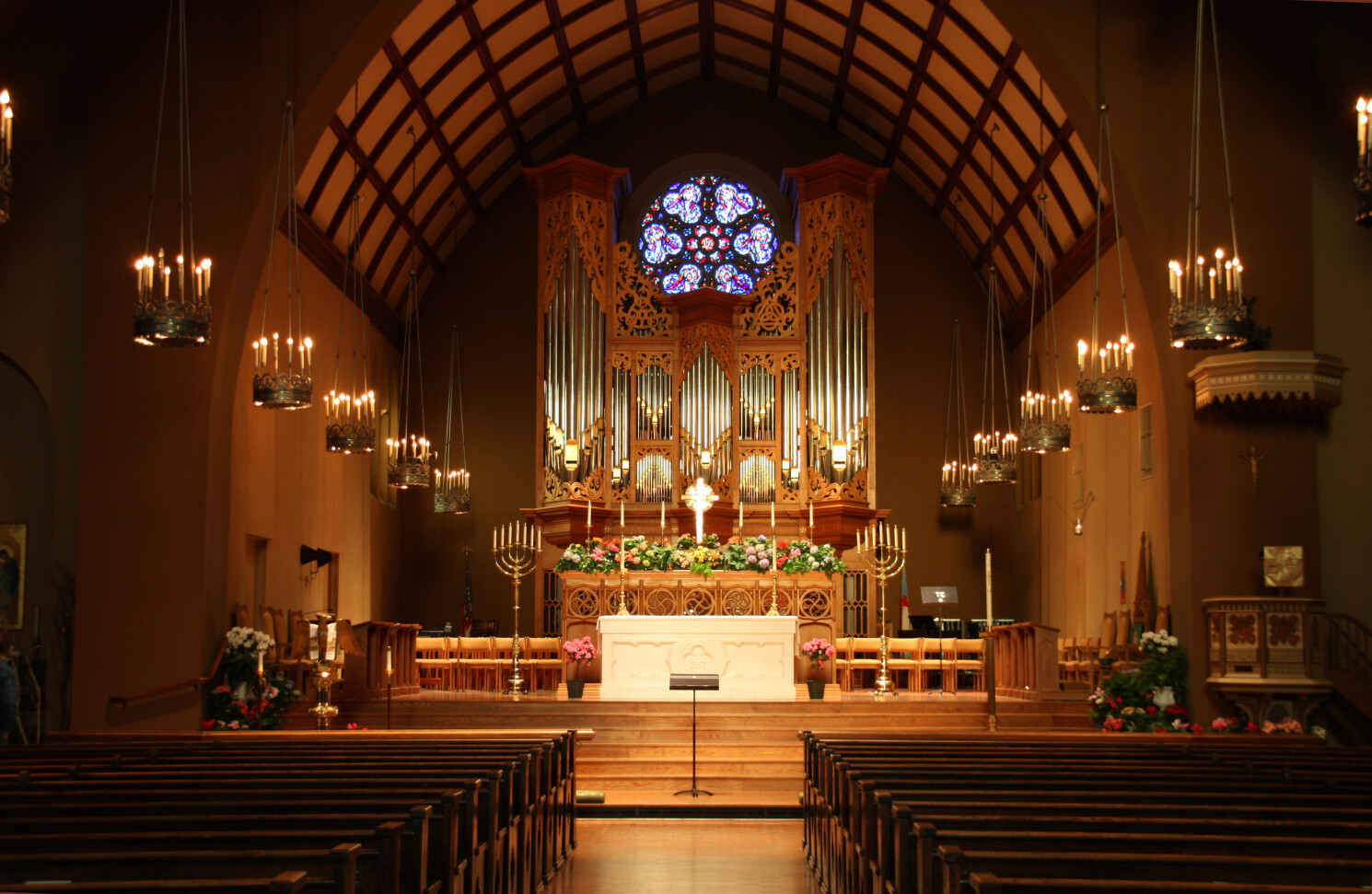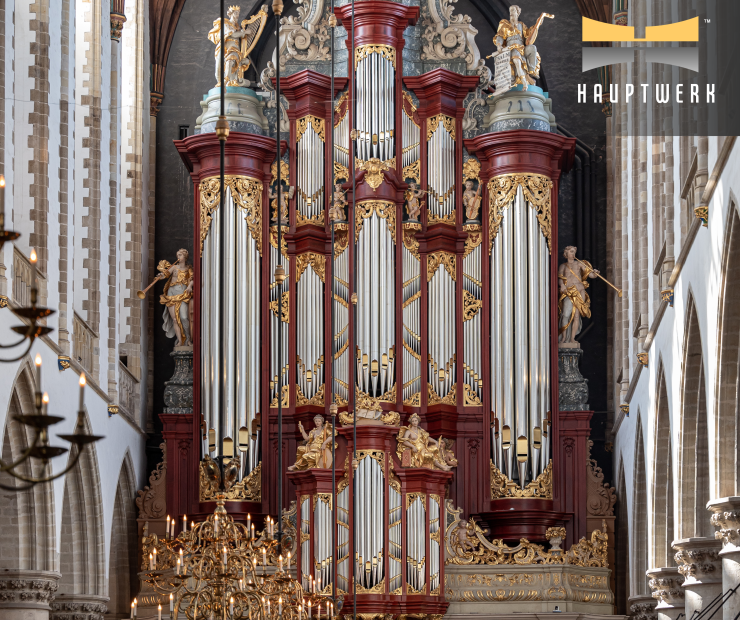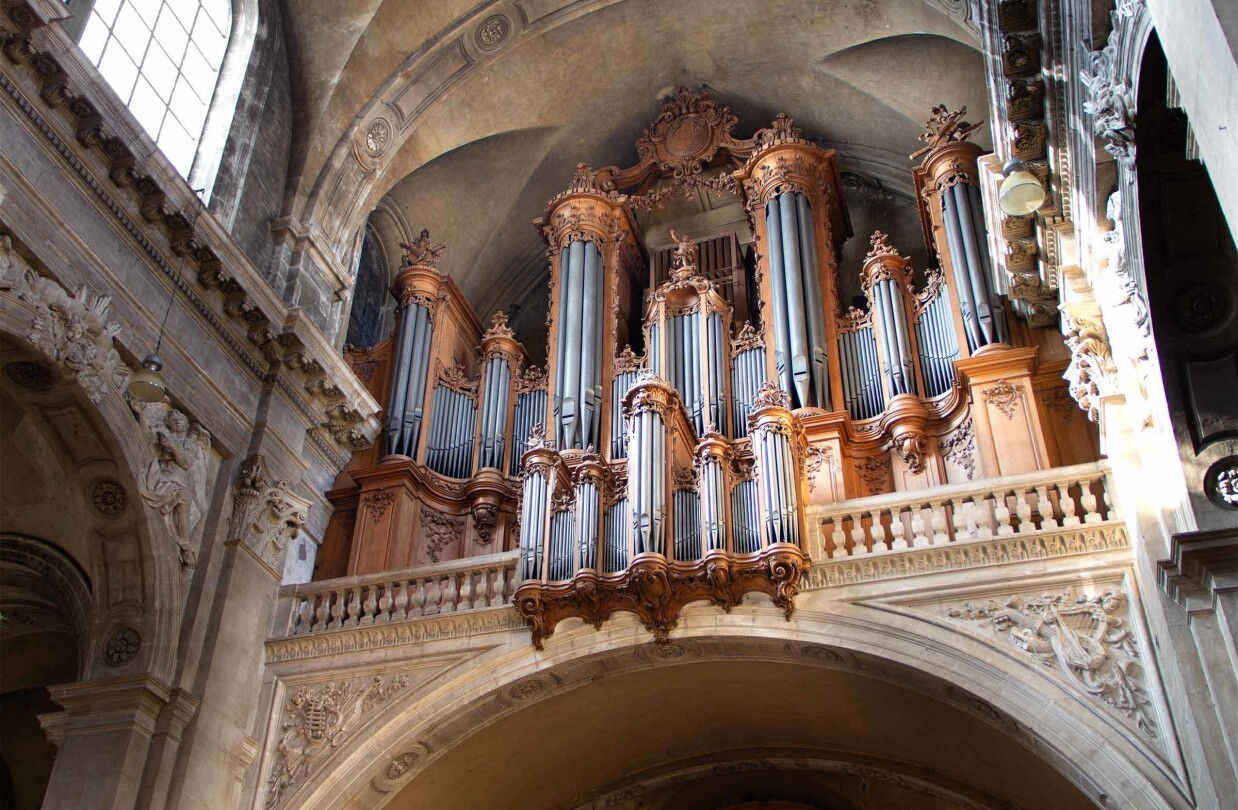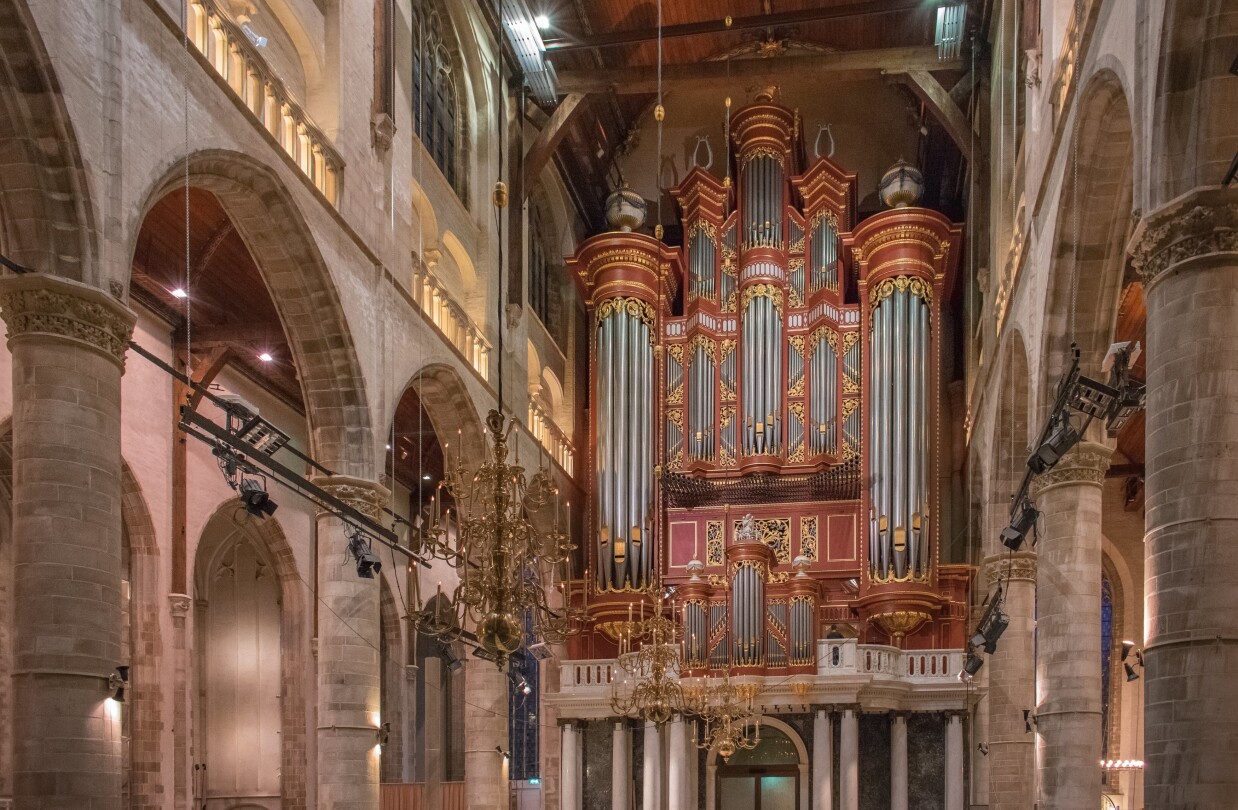Portland, Oregon Trinity Episcopal Cathedral
The organ of Trinity Episcopal Cathedral in Portland, Oregon was built in 1984-1987 by Manuel Rosales (opus 11). Its construction was possible thanks to the vision and efforts of Canon Dr. John Strege, the organist at Trinity for 37 years until his retirement in 2010, and through a generous gift of Bea Gerlinger that covered the bulk of the cost of the organ. Many parishioners volunteered during construction and installation, which occurred at the same time as extensive chancel renovations and improvements.
A unique instrument
The commission for the new organ was given to Manuel Rosales, an organ builder who was developing a reputation as one of the most inspired organ builders in the United States. John Strege’s vision was to create a magnificent and powerful liturgical instrument which would shine in big concert pieces as well as in early music or chamber works. He was inspired by French cathedral organs, especially by the St. Sulpice organ in Paris. The instrument is not, however, a copy of any existing organ; instead, Manuel Rosales made his own statement. Indeed, according to numerous testimonies, opus 11 is not only a really good organ, but it also mirrors well the character of its builder: A lot of power, a lot of energy, clarity of speech, strong character of voices, rich and exuberant ensembles. For example, the Cromorne of the Positive division has probably the most Cromorne character ever heard - a true "Cromorne Mirabilis" as it is sometimes called by its intimate fans. After installation, full organ was measured in the arch at the front of the transept at a staggering 109dB. Hearing this organ in person is a visceral experience not soon forgotten, thanks especially to the exciting fire of its reeds. But its awesome power is matched by its beauty, with many delicate details such as the presence of both a Bourdon 8 and Flute Harmonique 8 on the swell, a harmonic flute chorus of 8-4-2, and meticulous voicing throughout the organ that allows many stops to serve as colorful solo stops. There is an 8’ Principal on all three divisions, and each division has a Cornet of varying colors for use in French, Flemish, and English music. Barbara Owen characterized the instrument as a "neo-Baroque in concept, with a Romantic gesture". Well, it is an American eclectic organ, one of the best of its kind, with a clear French symphonic influence.

Portland, Oregon Trinity Episcopal Cathedral
Specifications
General
- Manuel Rosales, 1987
- 3 keyboards
- 54 stops
